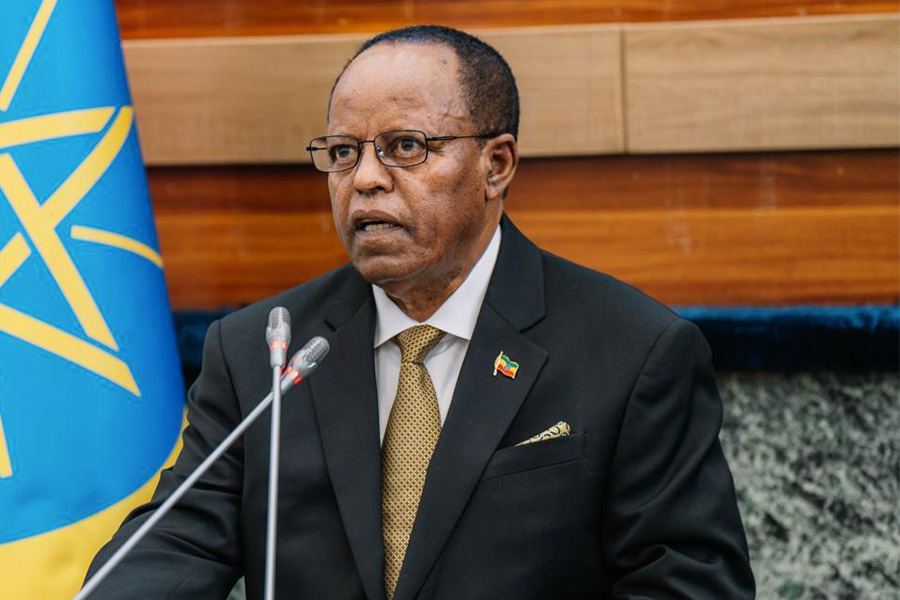
May 18 , 2024
By Jayati Ghosh
The international development sector has become fixated on calculating financing gaps. Hardly a day goes by without new estimates of the funds low- and middle-income countries (LMICs) need to meet their climate targets and achieve the United Nations Sustainable Development Goals (SDGs).
The Independent High-Level Expert Group on Climate Finance, for example, estimate that developing and emerging economies (excluding China) need 2.4 trillion dollars annually by 2030 to close the financing gap for investments in mitigation and adaptation. Achieving the SDGs would require an extra 3.5 trillion dollars annually. Similarly, the UN's 2023 Trade & Development Report suggests that these countries need roughly four trillion dollars annually to meet their climate and development goals.
Such estimates can elicit a range of psychological and policy responses.
Ideally, they would encourage greater ambition and urgency in crafting and implementing policies at both the national and international levels. But they can also be distracting and demoralising, especially given the current climate and development financing shortfalls. Consequently, a growing number of commentators argue that governments and multilateral lenders alone cannot meet developing countries' financing needs.
At first glance, this argument is difficult to dispute. The vast majority of the world's financial assets, currently valued at roughly 470 trillion dollars, are privately held. Redirecting one percent of these resources toward climate and development initiatives would be enough to meet even the highest annual estimates. This math has helped popularise the "billions to trillions" slogan, which calls for governments and development banks to incentivise and mobilise private-sector investment.
The World Bank has been a leading proponent of this approach, especially under the leadership of President Ajay Banga, who has spent most of his career in the private sector. The Bank's newfound private-sector-oriented strategy focuses on four key priorities: ensuring regulatory certainty, providing insurance against political risks, mitigating foreign-exchange risks, and implementing an originate-to-distribute model, which typically involves securitising loans and selling them to investors.
Some of these priorities are not new.
The World Bank has long championed regulatory certainty, often advocating deregulation. Managing political risks has also always been a priority, though success remains notoriously difficult to measure. It is unclear whether the Bank's solution — providing data on sovereign defaults and recovery rates across countries dating back to 1985 — leads to effective risk mitigation. Likewise, the Bank's endorsement of the originate-to-distribute model is puzzling, given securitisation's track record of triggering financial crises in developed and developing countries.
Unsurprisingly, the various Bank funds established to encourage private investment have had a limited impact so far.
But, the problems with the "billions to trillions" approach are not confined to the World Bank. For starters, this strategy's potential impact on the availability of funds for public spending remains unclear. Then, the challenge is to ensure that "incentivised" private capital delivers the promised results.
It is important to remember that international financial institutions, particularly multilateral development banks (MDBs), have been underperforming for years. A report last year by the G20's Independent Expert Group highlights the procyclical behaviour of these institutions, which were initially established to counteract such trends.
According to the report, net transfers from the International Monetary Fund (IMF) to LMICs fell by 19 billion dollars from 2022 to 2023, while those from the World Bank Group decreased by six billion dollars. Regional development banks also experienced declines. Overall, net resource transfers from MDBs turned negative in 2023, owing partly to a downturn in private financial flows.
Simply put, MDBs reduced lending when it was most needed. If they allocate more resources to mitigating risks for private investors, available funds for essential public services will shrink even further. Historically, private investors have relied on the public sector to finance infrastructure projects and riskier, less profitable ventures. If governments and international institutions remain resource-constrained, it is implausible that private entities will step in to bridge the gap.
The problem is compounded by the difficulty of ensuring private entities fulfil their commitments. The prevailing approach involves offering incentives, such as subsidies and risk underwriting, but not at the same time establishing clear conditions, enforcement mechanisms, and regulations to curb monopolistic and anticompetitive behaviour. Countries like China have successfully mobilised substantial private investment for their energy transitions by wielding carrots and sticks.
By contrast, many LMICs and the international financial institutions that advise them have relied heavily on incentives without making any effort to shape markets through effective regulation and controls.
It is time to move beyond the hollow "billions to trillions" mindset and ensure our billions are spent wisely. This requires boosting LMICs' public revenues by facilitating sovereign debt reductions, enhancing cooperation to ensure that multinational companies and the super-rich are adequately taxed, and advancing new allocations of special drawing rights (the IMF's reserve asset). Together, these measures are far more likely to generate the trillions of dollars needed to close development- and climate-financing gaps in the developing world.
Jayati Ghosh is a professor of economics at the University of Massachusetts Amherst.
PUBLISHED ON
May 18,2024 [ VOL
25 , NO
1255]

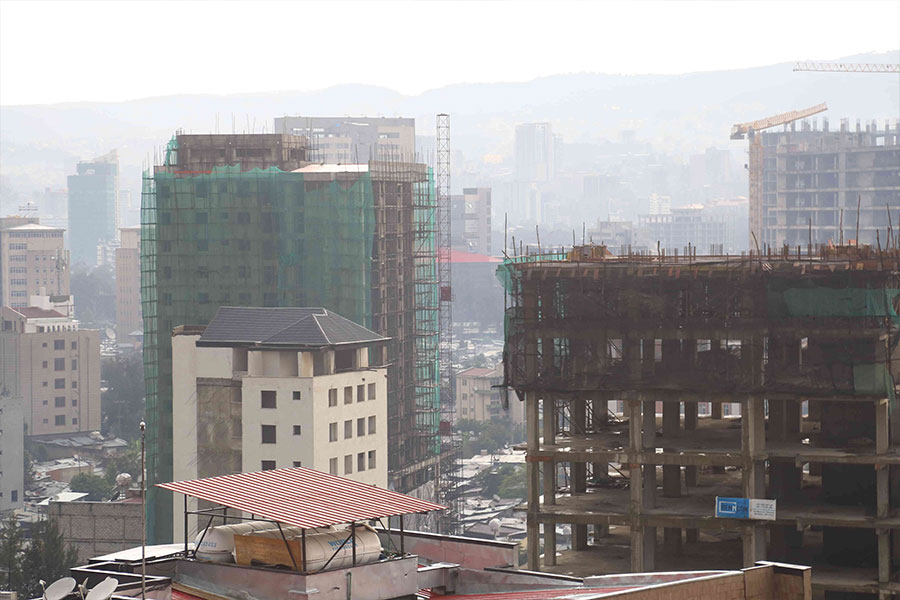
Fortune News | Dec 21,2022

Sponsored Contents | May 22,2023
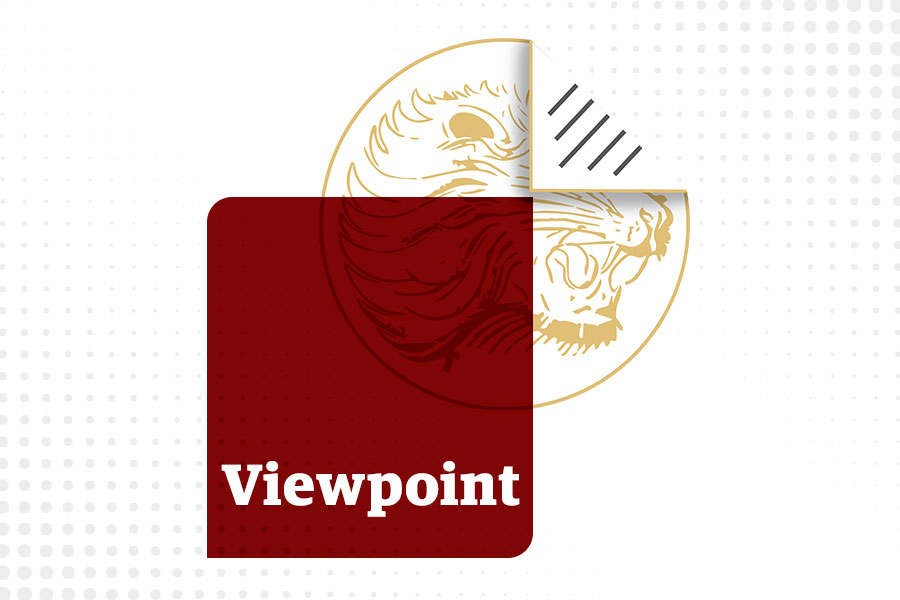
Viewpoints | Jul 27,2024
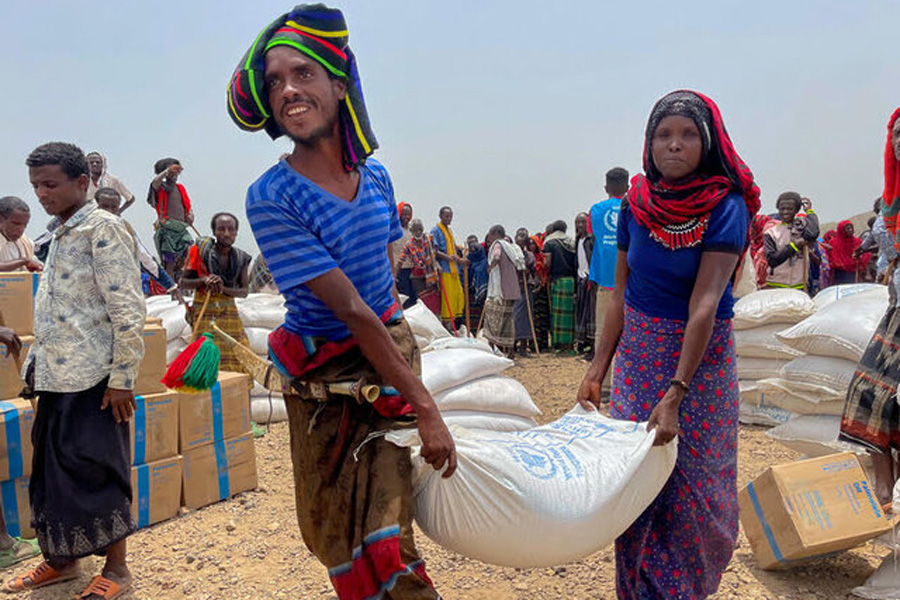
Fortune News | Dec 01,2024
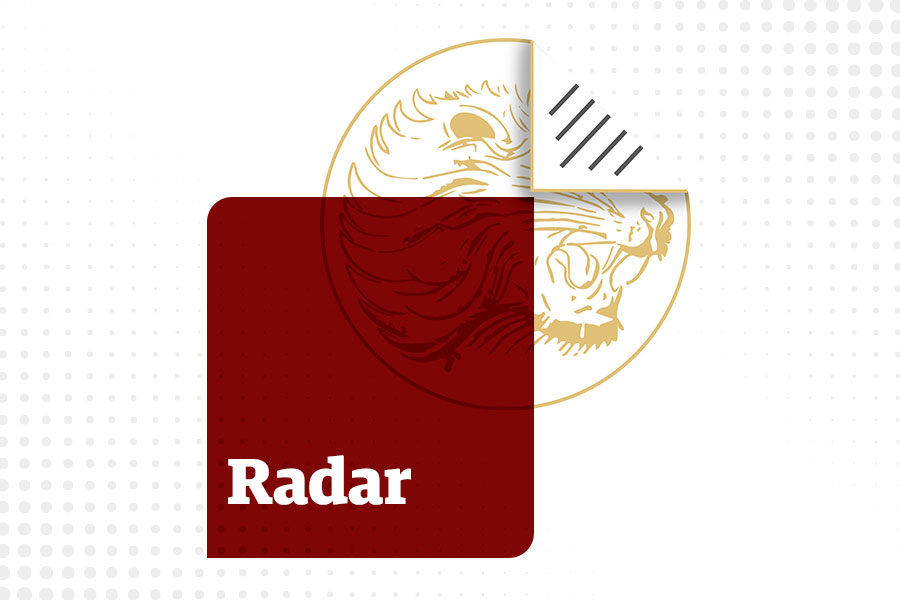
Radar | Jan 11,2020


Commentaries | Mar 16,2024
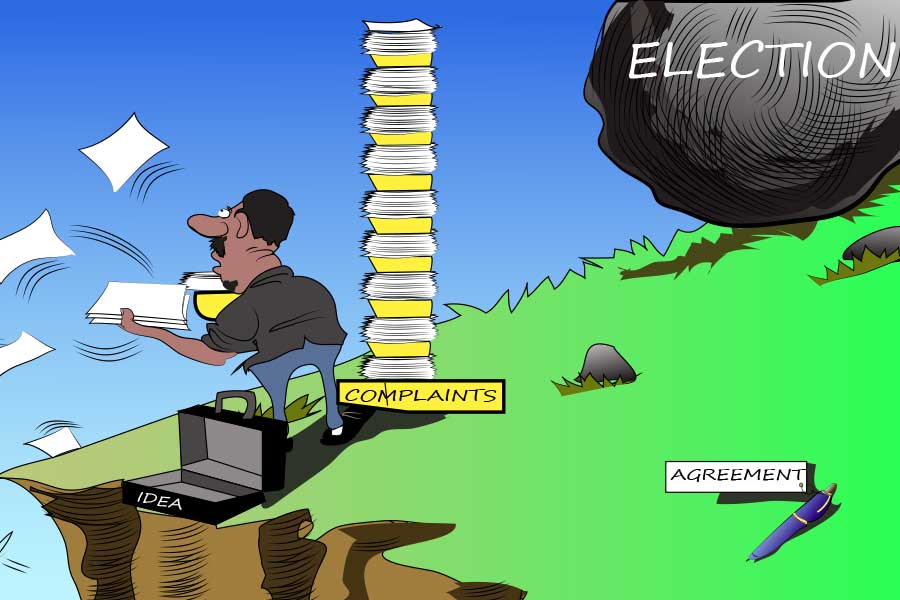
Editorial | Jul 20,2019

My Opinion | Dec 23,2023

Commentaries | Jul 10,2021

Photo Gallery | 170290 Views | May 06,2019

Photo Gallery | 160529 Views | Apr 26,2019
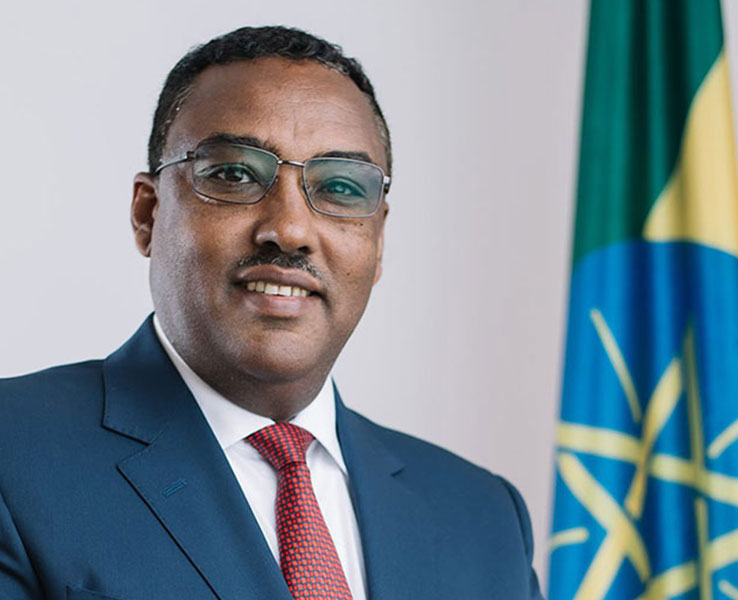
Photo Gallery | 150158 Views | Oct 06,2021

My Opinion | 136240 Views | Aug 14,2021

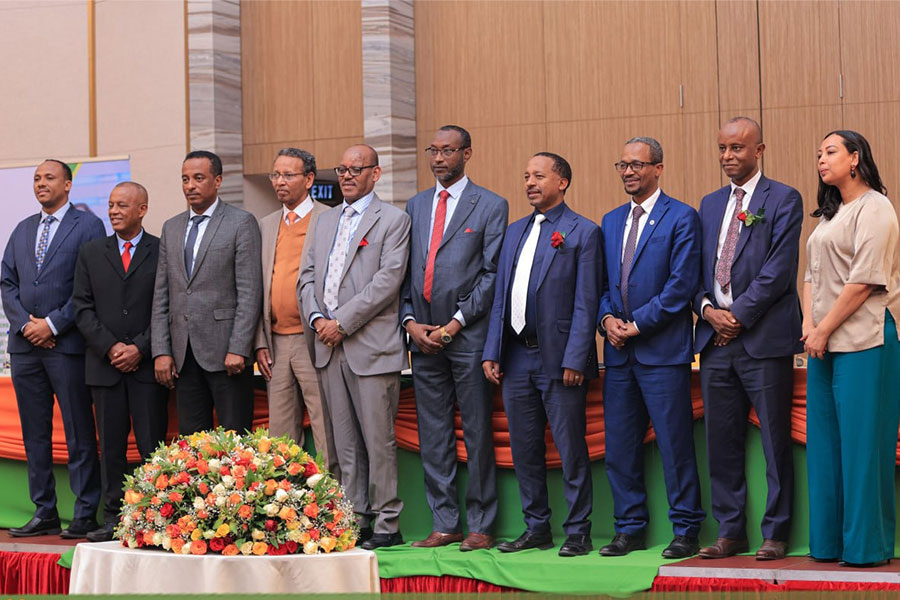

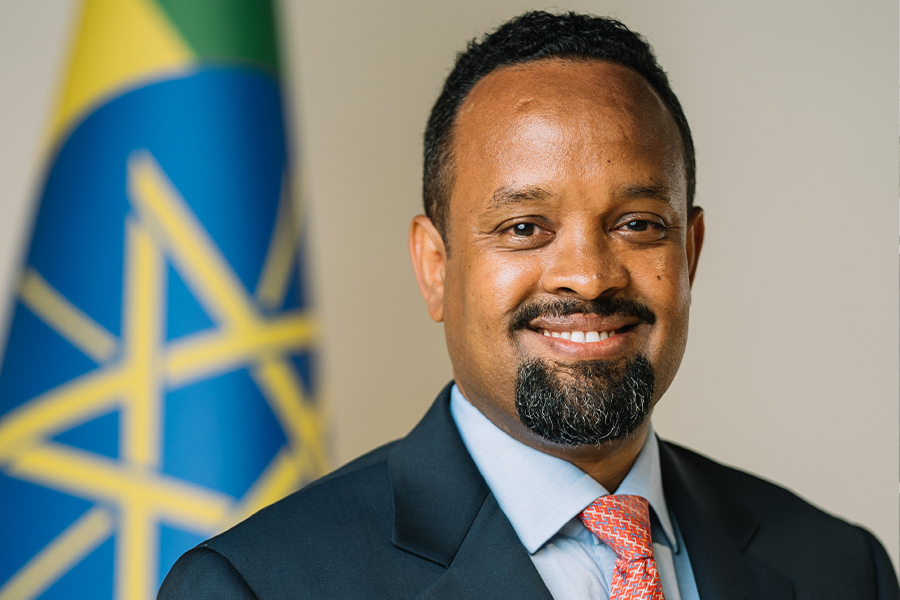
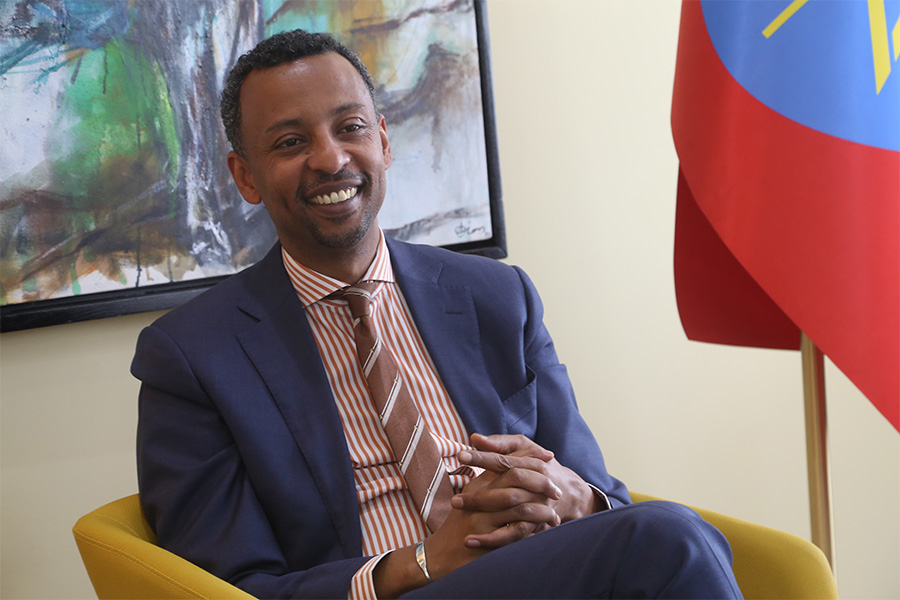
Dec 22 , 2024 . By TIZITA SHEWAFERAW
Charged with transforming colossal state-owned enterprises into modern and competitiv...

Aug 18 , 2024 . By AKSAH ITALO
Although predictable Yonas Zerihun's job in the ride-hailing service is not immune to...

Jul 28 , 2024 . By TIZITA SHEWAFERAW
Unhabitual, perhaps too many, Samuel Gebreyohannes, 38, used to occasionally enjoy a couple of beers at breakfast. However, he recently swit...

Jul 13 , 2024 . By AKSAH ITALO
Investors who rely on tractors, trucks, and field vehicles for commuting, transporting commodities, and f...

Oct 4 , 2025
Eyob Tekalegn (PhD) had been in the Governor's chair for only weeks when, on Septembe...
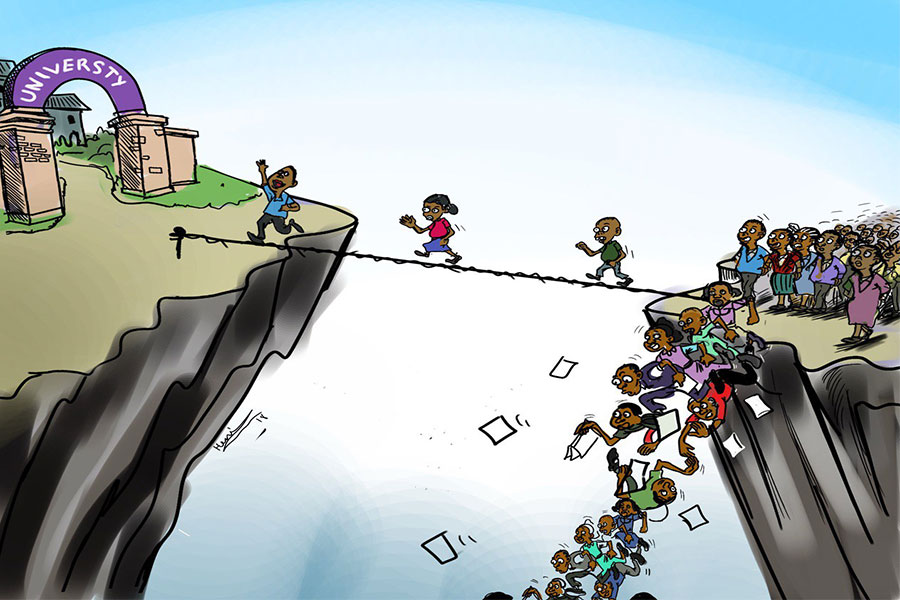
Sep 27 , 2025
Four years into an experiment with “shock therapy” in education, the national moo...
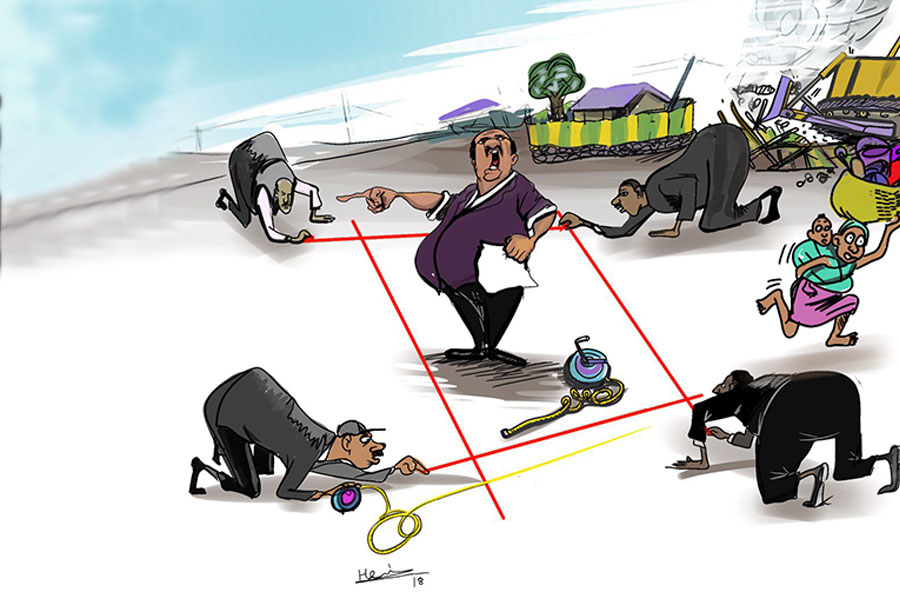
Sep 20 , 2025
Getachew Reda's return to the national stage was always going to stir attention. Once...
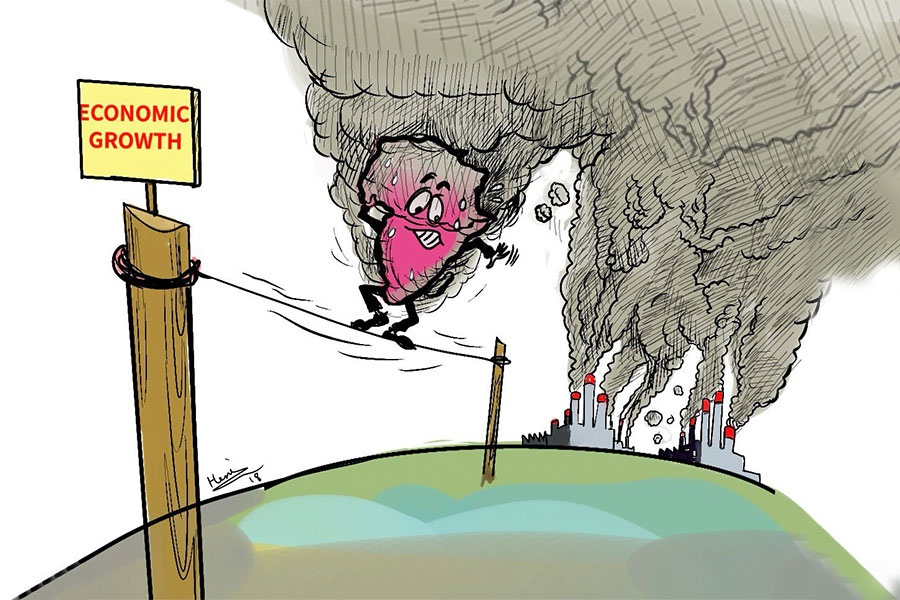
Sep 13 , 2025
At its launch in Nairobi two years ago, the Africa Climate Summit was billed as the f...

Oct 5 , 2025 . By NAHOM AYELE
In Meqelle, a name long associated with industrial grit and regional pride is undergo...

Oct 5 , 2025 . By BEZAWIT HULUAGER
The federal government is set to roll out a new "motor vehicle circulation tax" in th...
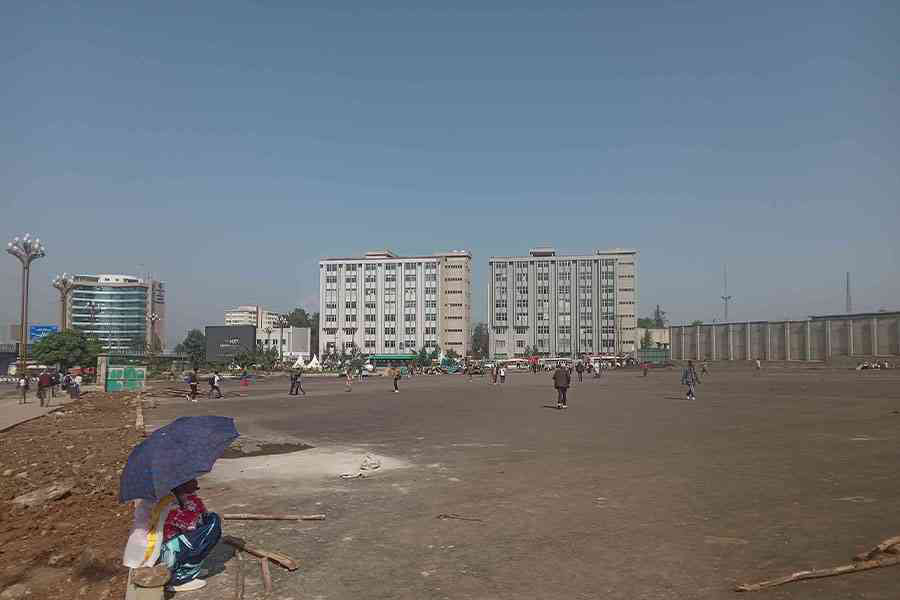
Oct 5 , 2025 . By NAHOM AYELE
The Bank of Abyssinia is wrestling with the loss of a prime plot of land once leased...

Oct 5 , 2025 . By BEZAWIT HULUAGER
The Customs Commission has introduced new tariffs on a wide range of imported goods i...